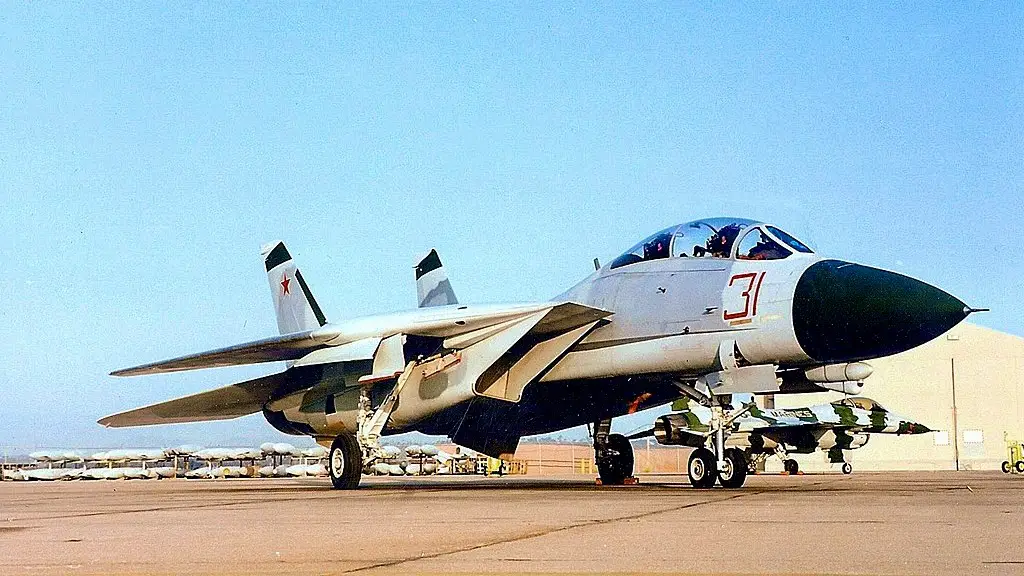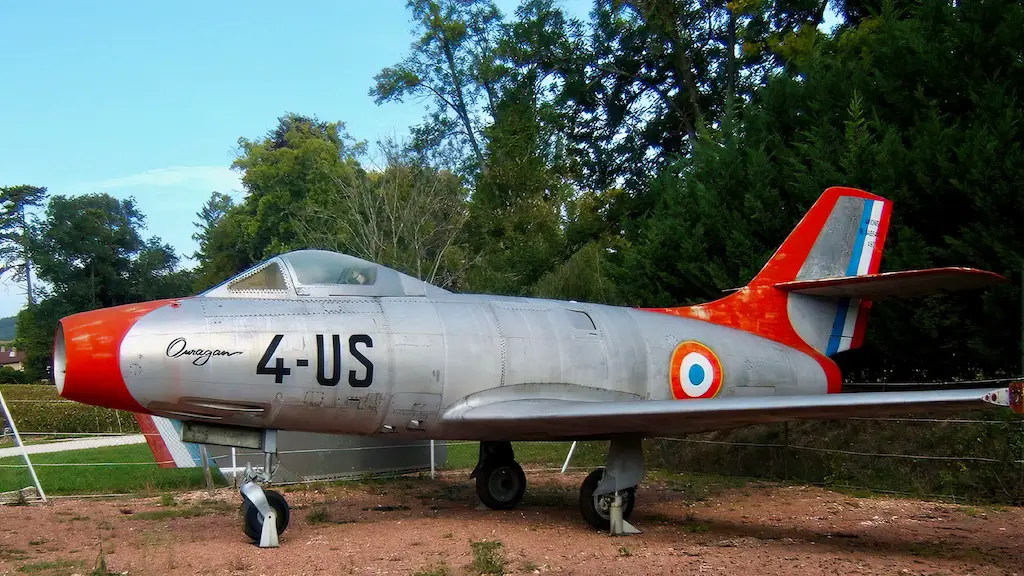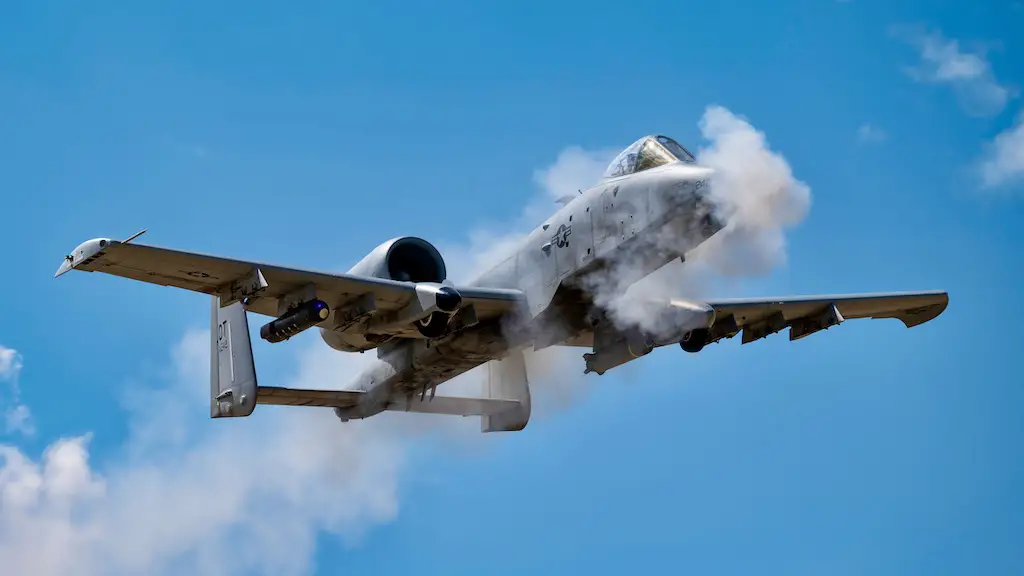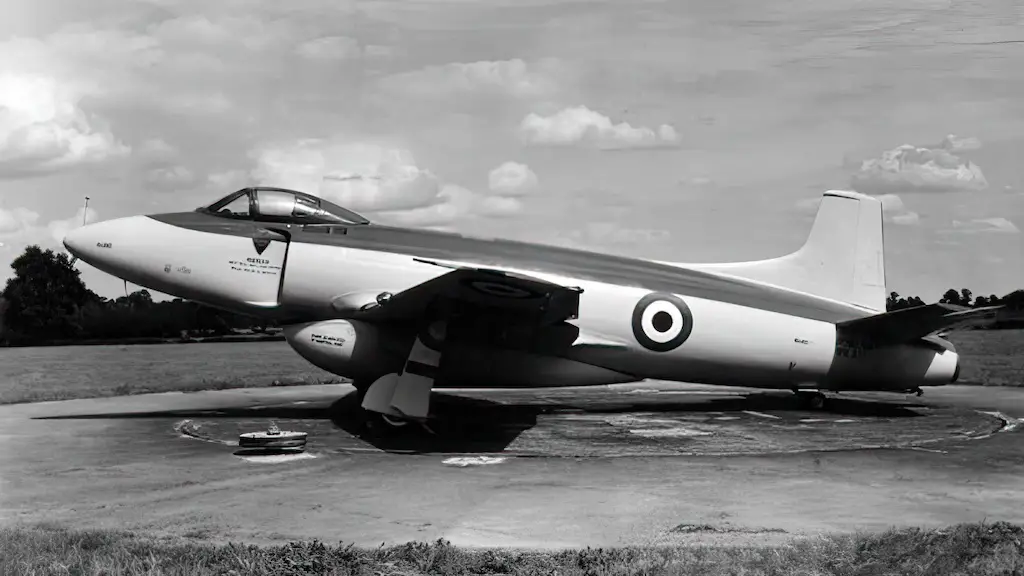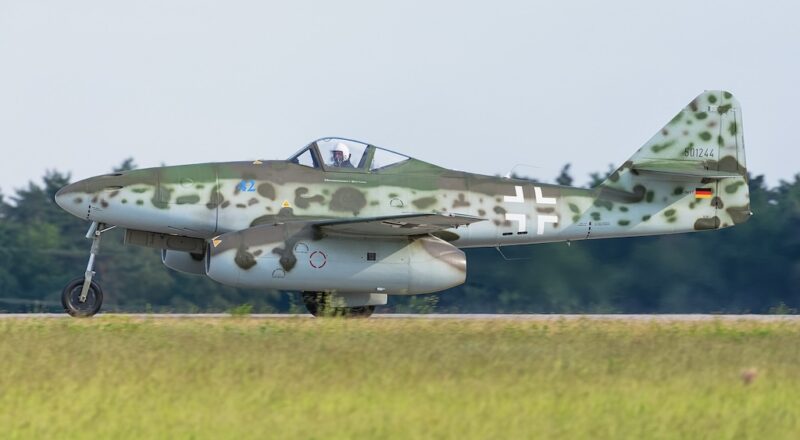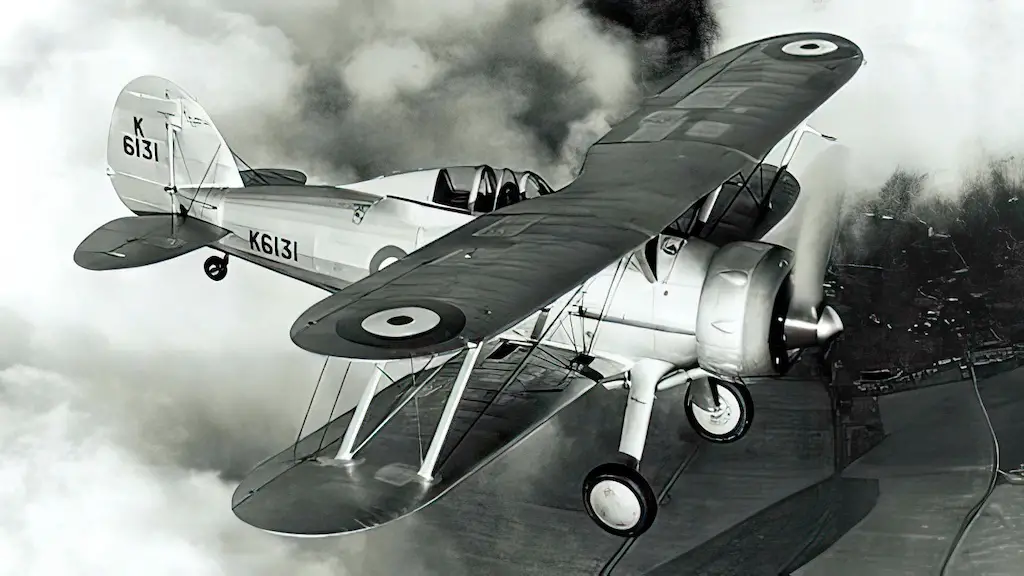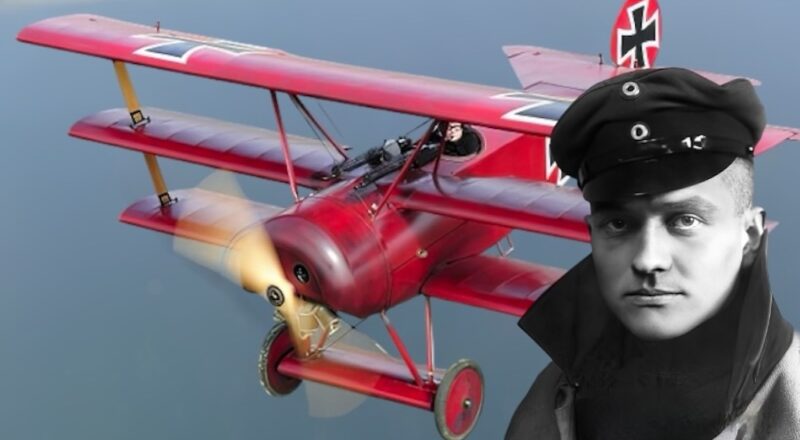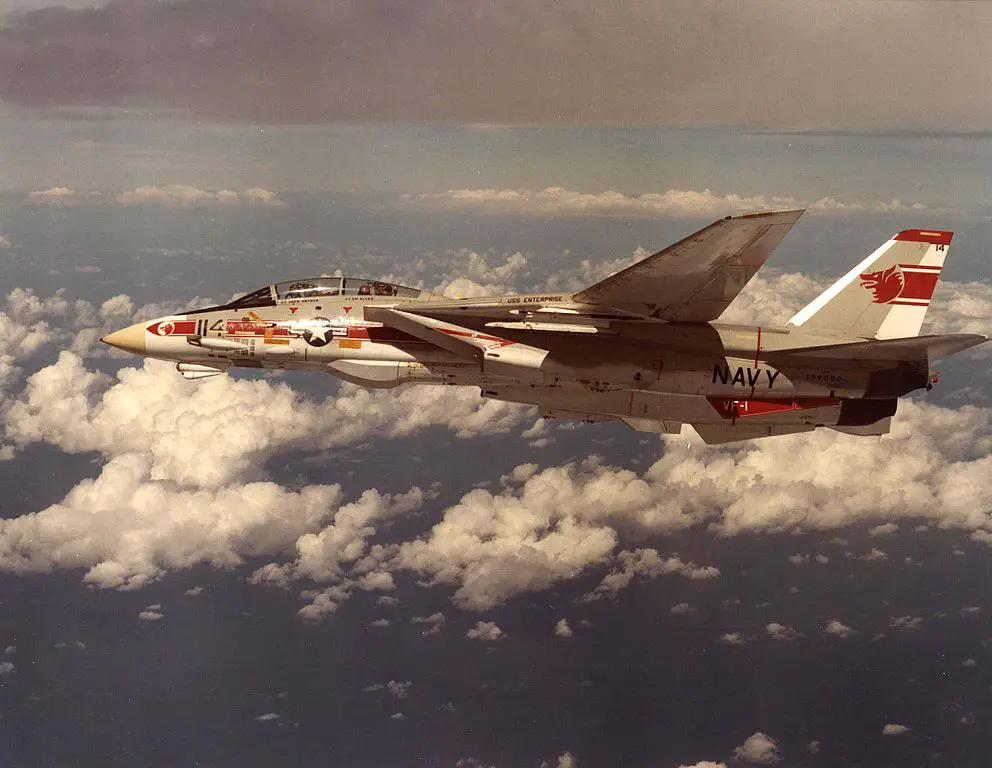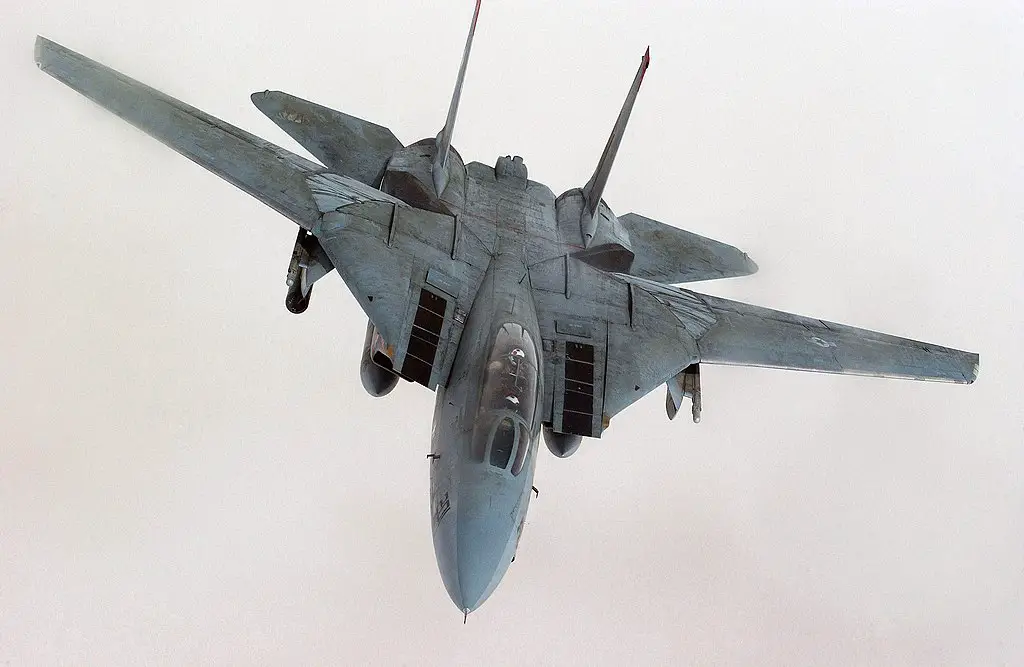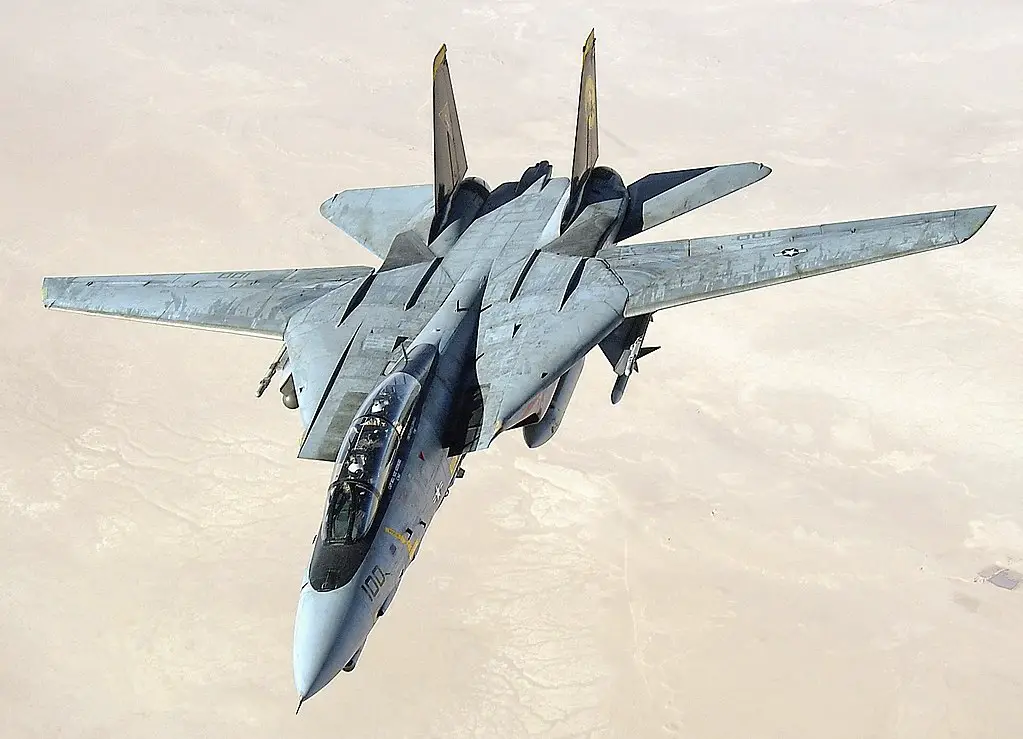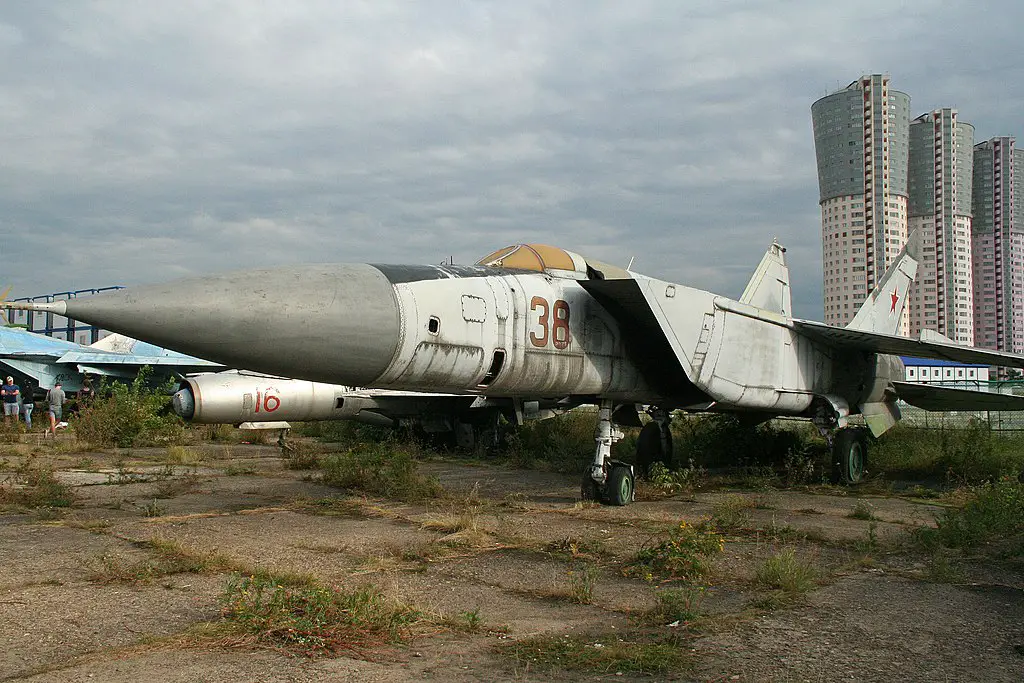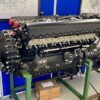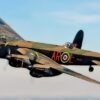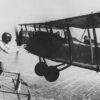The Grumman F-14 Tomcat is a U.S. made carrier-capable supersonic two-seater, twin-tail, and variable-sweep wing fighter aircraft. It served for over 34 years and was developed for the U.S. Navy’s Naval Fighter Experimental (VFX) program.
From its first flight in 1970 to its retirement in 2006, the F-14 Tomcat transformed from an analog fighter into a digital precision attack platform that became the Navy’s primary maritime air superiority fighter, fleet defense interceptor, and tactical aerial reconnaissance platform. Moreover, three variants of the F-14 were produced: A, B, and D models. The B model was to integrate F110 engines while the following D model was to be built with improved avionics.
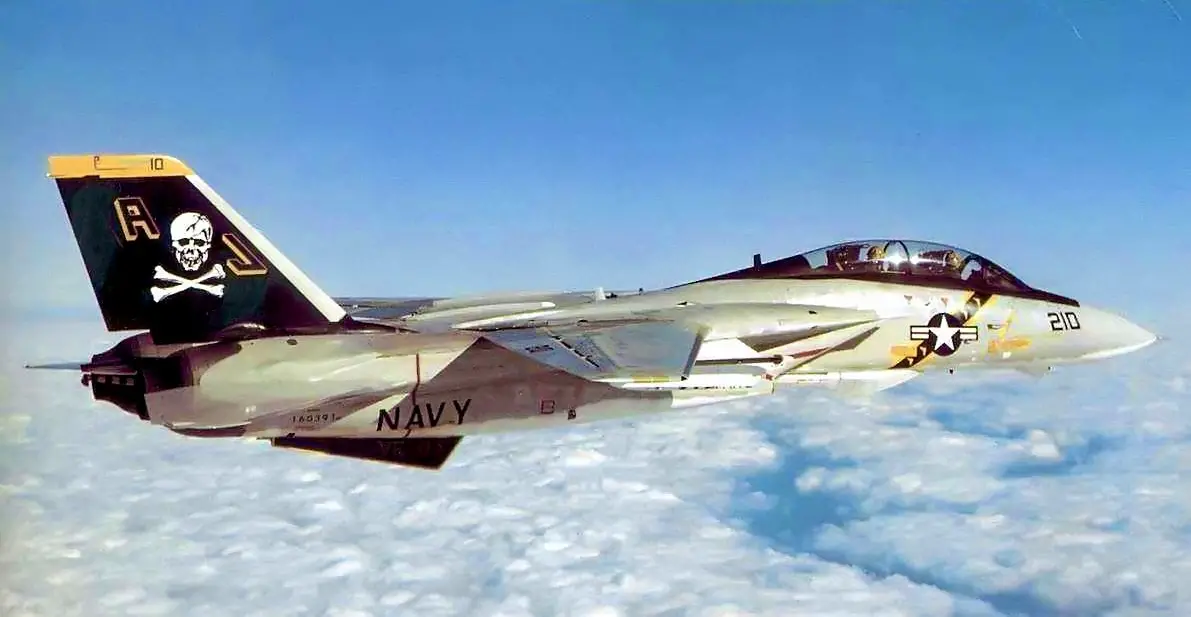
A Large Fighter
The F-14 Tomcat measured nearly 70 feet from wing-tip to wing-tip. Its engines were distanced nine feet apart to allow room for missile carriage and to create a large lifting surface that made up 25 percent of the aircraft’s lift.
The sheer size of the F-14 required pilots to be extremely precise at how they crossed the carrier’s ramp. Even the radome of the aircraft was relatively large and the F-14D model had an easily distinguishable double chin pod.
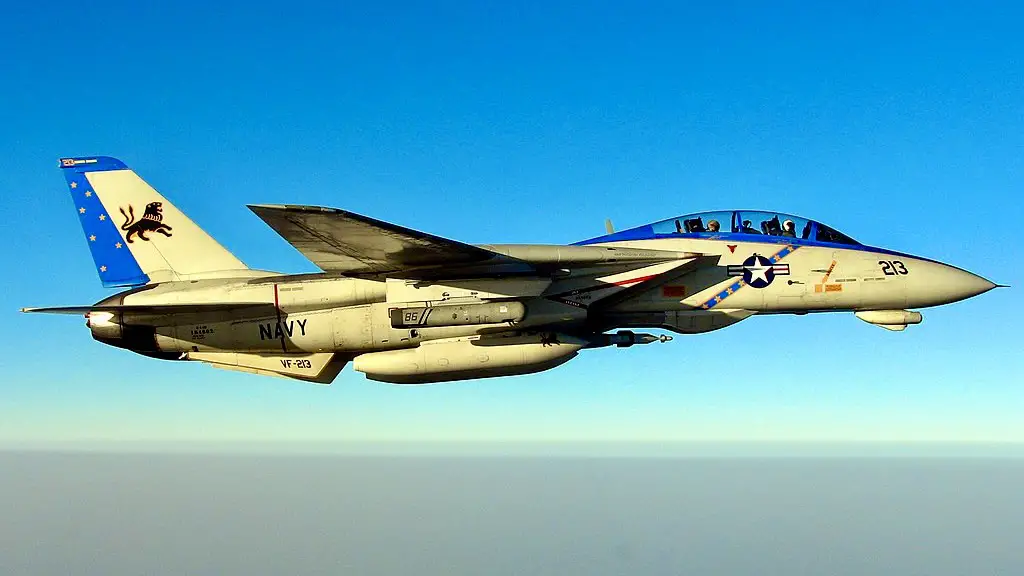
Heavy Loadout
The F-14 held six AIM-54 Phoenix missiles that could be all released within 38 seconds. The aircraft used the Low Altitude Navigation and Targeting Infrared for Night (LANTIRN) pod system which turned the F-14 into a smart bomber.
Equipped with an AN/AWG-9 planar-array Hughes radar dish with an unparalleled long-range capability of 135 nautical miles (250 km), the F-14 that was capable of tracking up to 24 targets simultaneously. This meant that it could fight or launch missiles at six enemy aircraft at the same time.
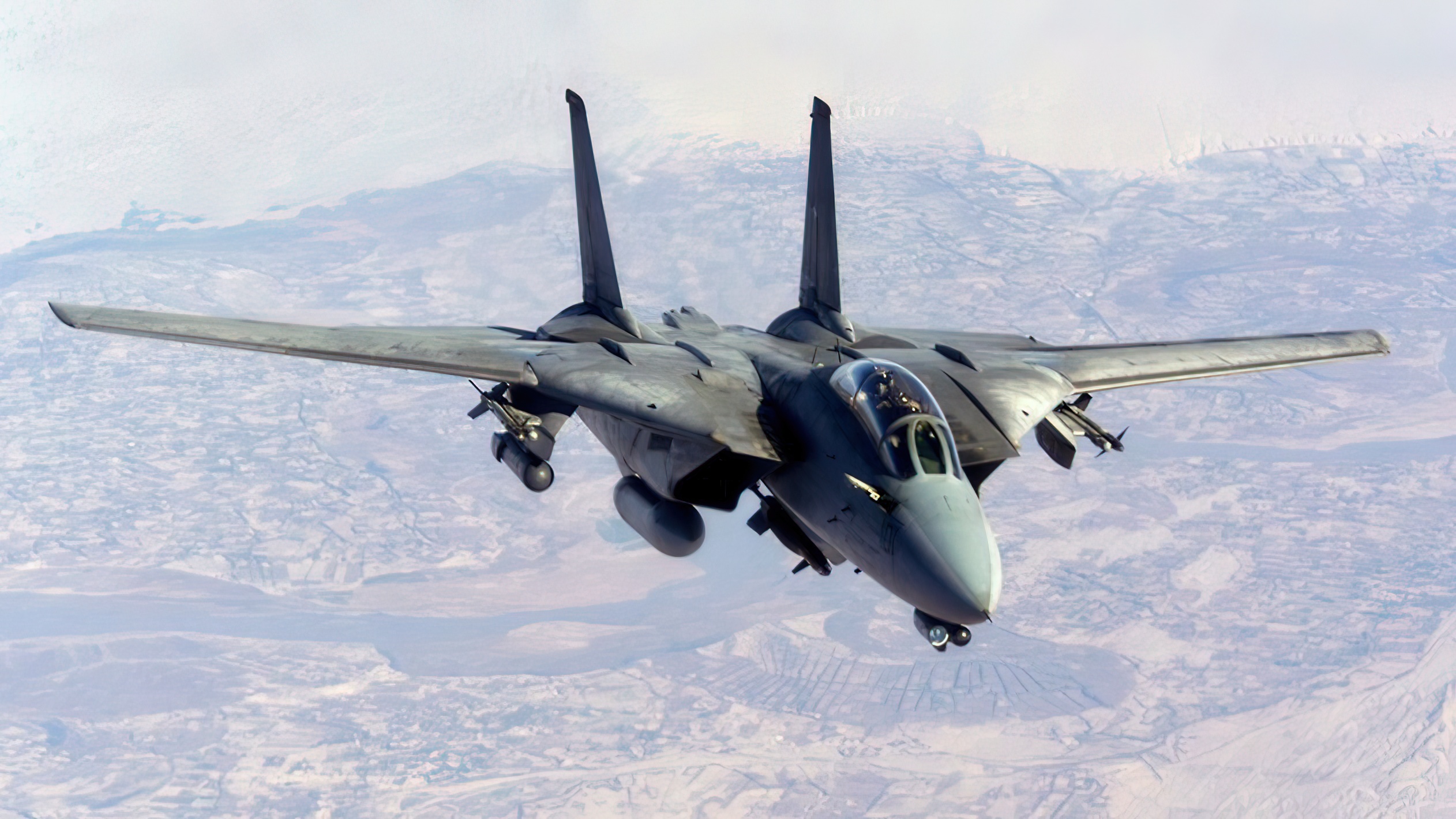
Having six Phoenix missiles equipped on the F-14 Tomcat was informally known as the “John Wayne loadout“, and although impractical and unnecessary in real-life situations, it still sounded cool.
The F-14s were also equipped with a standard M61 Vulcan 20mm cannon. A weapon capable of firing 6,000 rounds per minute, thus depleting the ammunition supply in only seven seconds!
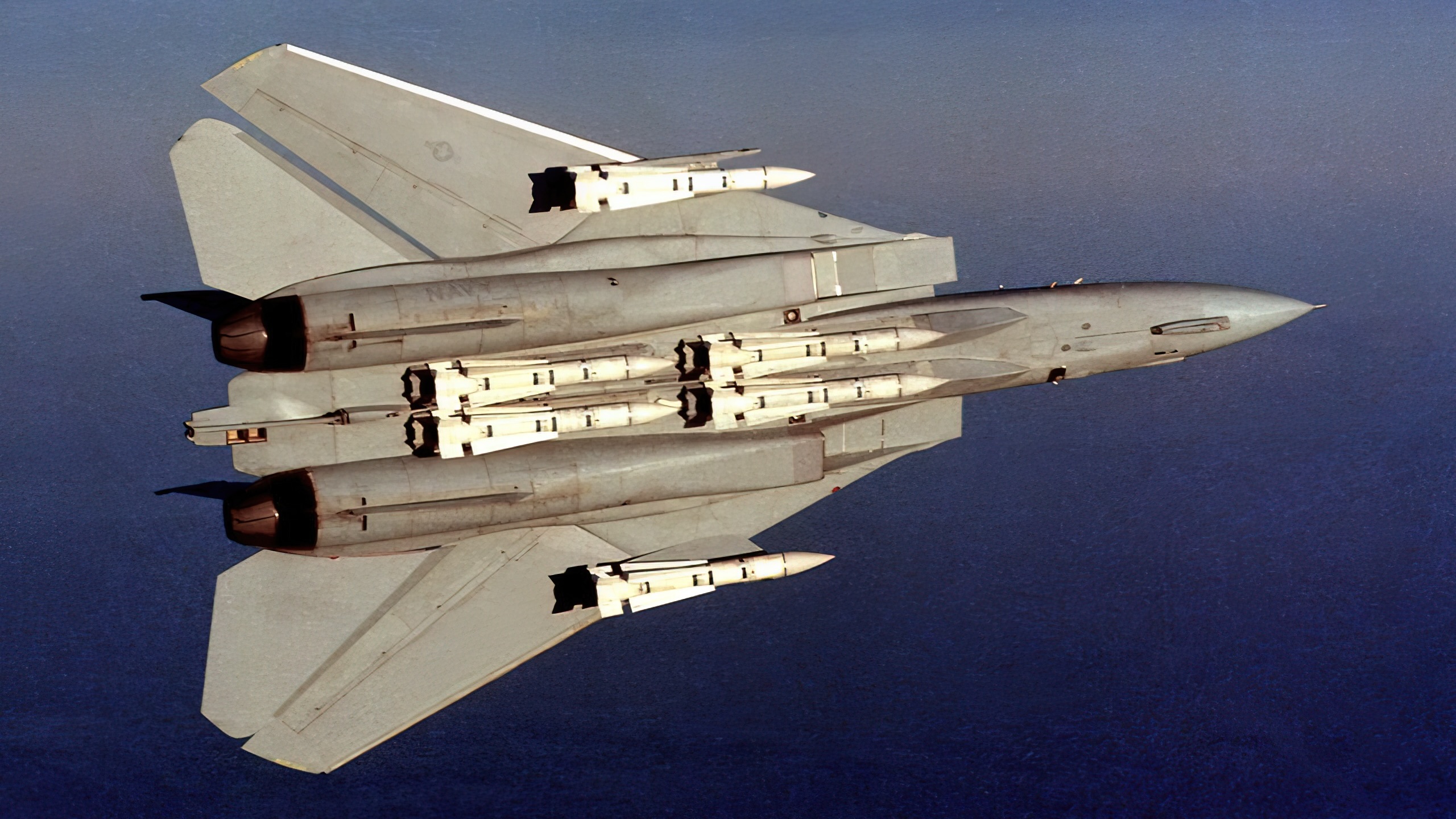
Enhancements
As capable as it was, the original F-14A required some serious upgrades. It needed to support high-speed multiplex digital data busses, multifunction cockpit displays, and head-up displays. Subsequent F-14B and F-14D models were built to include these new upgrades. The later D model saw the most upgrades, where pilots were gifted a new glass cockpit, digital avionics, and enhanced datalink to increase the crew’s situational awareness.
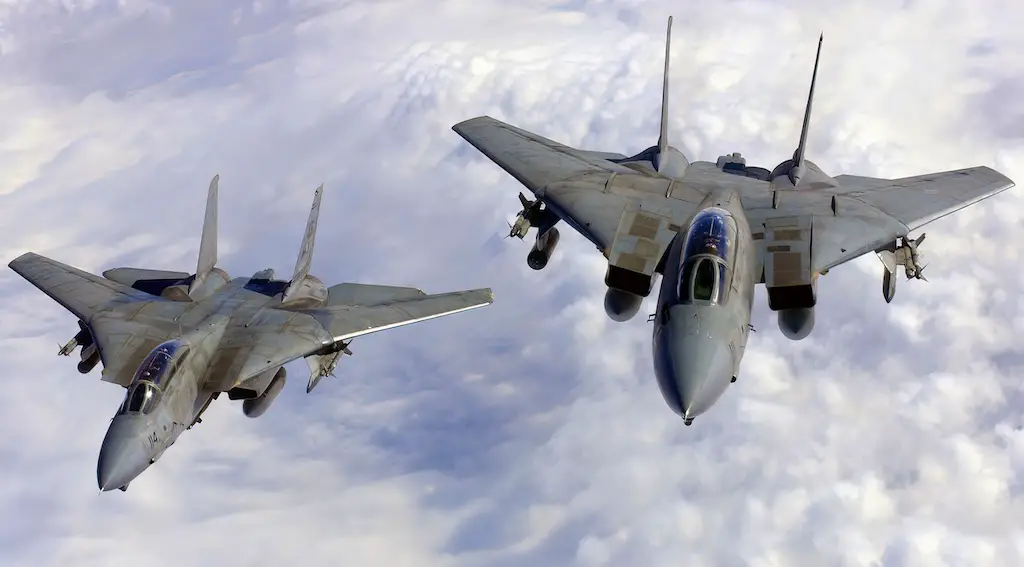
The original F-14A model had an overall less powerful and less reliable Pratt and Whitney TF-30 engine and required the pilot to select an afterburner when launching from the carrier. The F-14B and F-14D models improved on this with two General Electric F110 turbofan engines that increased the jets’ operational time during flight. They also included a fully digital APG-71 radar system
With these two updates, the new F-14s were capable of making supersonic passes. The F-14B and F-14D also allowed pilots to launch from the carrier without selecting an afterburner; a far safer method than before which in itself is a cool thing.
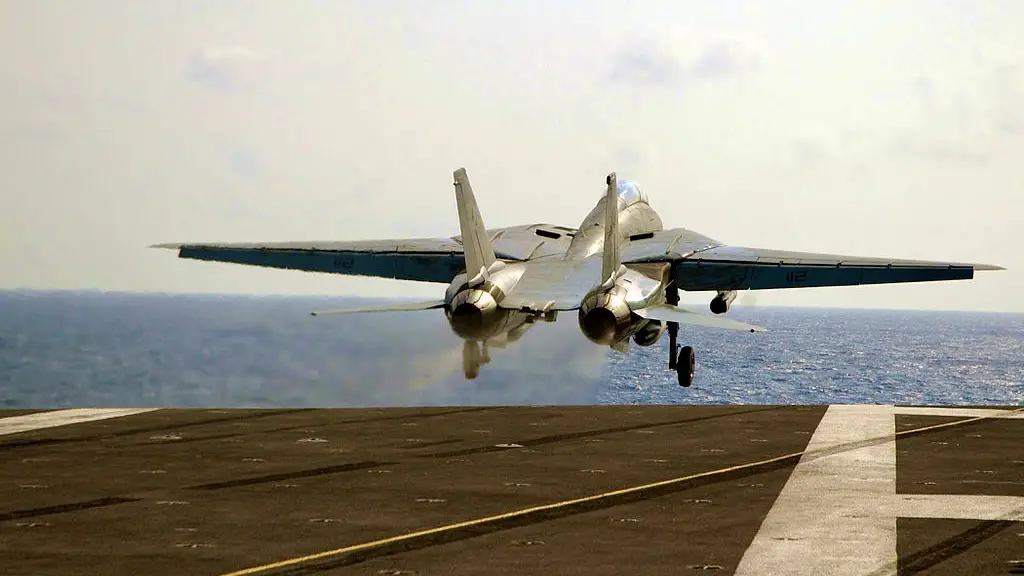
Tomcats in Iran
During the Cold War era, the Shah of Iran was one of the few American allies in the Near East with an intense infatuation for military aircraft. He subsequently purchased an armada of 80 F-14 Tomcats for $2 billion in 1974. Although, falling with one short as only 79 reached before the Revolution broke out and the U.S. embargo that followed.
To press on with production, the Shah loaned Grumman with $75 million to build the order. Iran was the only foreign country to operate the F-14; and through engineering ingenuity and audacious espionage they continue to serve even after 45 years from their original purchase.
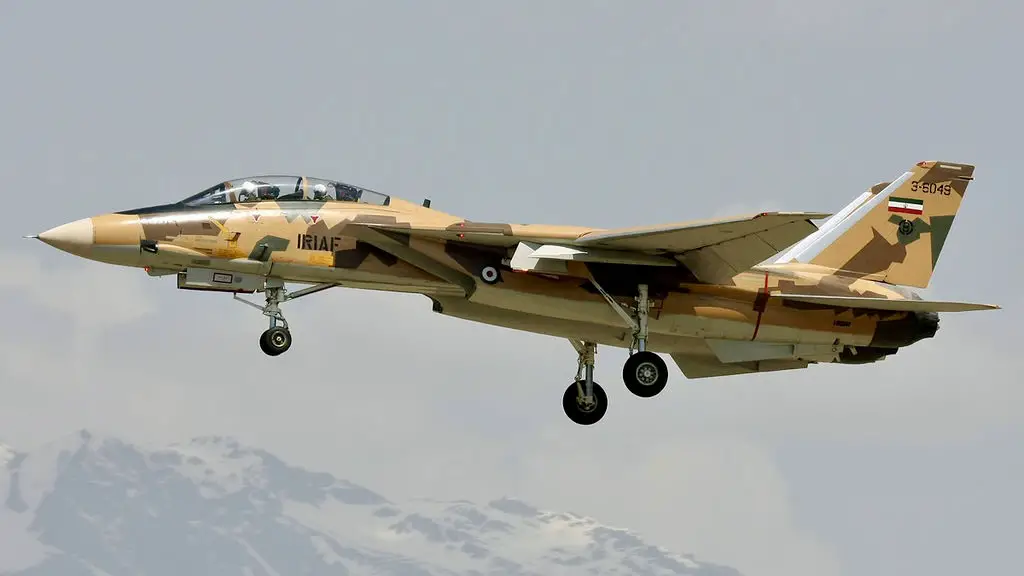
During the Iran-Iraq War, the Iranian Air Force used the Phoenix missiles to shoot down Iraqi enemies. Iranian ace Jalil Zandi has been the most successful F-14 Tomcat pilot so far, having shot down 11 Iraqi aircraft during that time. Interestingly, Iraq was operating their newly-bought MiG-25 Foxbats with impunity over Iranian skies and the Iranian leadership wanted an end to that with the F-14 Tomcats.
‘Top Gun’
The film Top Gun was a massive hit following its release in 1986. Actor Tom Cruise starred as young naval aviator Lieutenant Pete “Maverick” Mitchell, stationed on the USS Enterprise and assigned to fly the F-14 Tomcat.
The blockbuster received critical praise and was a highly grossing box office movie for its year. Even Navy recruitment soared 500 percent as aspiring volunteers dreamed of becoming the next Maverick flying the supersonic F-14 Tomcat and serving their nation.
